Post Tensioning Method
There are two methods of Pre Stressing

Pre Tensioning
This method consists of stressing and reinforcing the inside of large steel buttresses, and then casting the concrete around the reinforcement. This method can only be done at a precast manufacturing facility. The completed Pre-Stressed concrete members will then be trucked out to the job site and assembled.
Post Tensioning
Instead of stressing the reinforcing inside of large steel buttresses at a manufacturing plant, the high tensile cables are simply installed on the job site after the contractor forms up the slabs or constructs the walls and columns. The cables are housed in sheathing or duct that prevents the steel from bonding to the concrete so that it can be stressed after the concrete cures (hardens). Using the Post Tensioning method of Pre-Stressing enables a builder to capitalise on all of the advantages of Pre Stressed concrete or masonry while still having the flexibility to construct the member on the job site.
WHY DOES CONCRETE NEED TO BE REINFORCED?
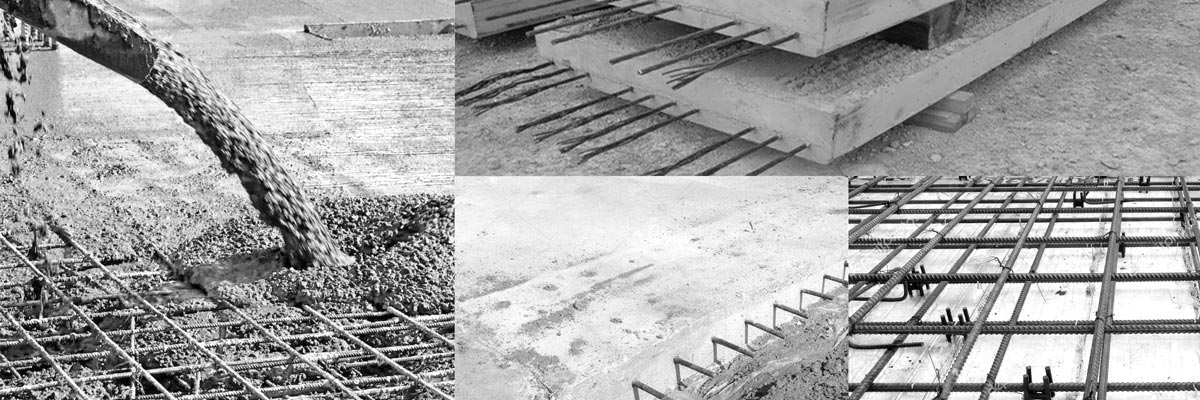
RESIST TENSILE STRESSES
Concrete is strong in compression and have a high capacity to resist compressive forces. Compressive forces can be described as crushing forces. Compressive stresses are induced into the section to eliminate or reduce the tensile stresses.
CRACK PROOF
Conversely, steel is very strong in tension. It has a high capacity for resisting the forces that pull apart or bend it. Combining specially produced high tensile woven wire cables as the reinforcement with concrete or masonry, results in a product that can resist both compressive forces and tensile forces. In addition, substantial benefits can be achieved by using tendons to "squeeze the concrete together" or place it in compression. Compressing the concrete increases the bending strength of the member without which cracking will occur. By increasing the tensile strength of the member (making the concrete slab or masonry wall stiffer), a designer can achieve longer spans with thinner concrete sections.
LESS SHRINKAGE
Putting the concrete into compression also helps to resist the development of shrinkage cracks. Shrinkage cracks, while typically not detrimental to the flexural performance of the structure, can be unsightly and can allow the passage of moisture or termites. Generally, shrinkage cracks will develop in most cement based products as the water combines with the cement and the concrete cures (hardens). The more the concrete is "squeezed together", the less likely it is that shrinkage cracks will develop or open.

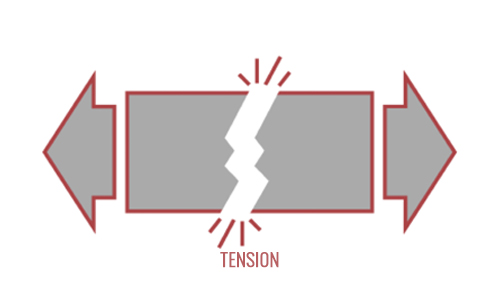
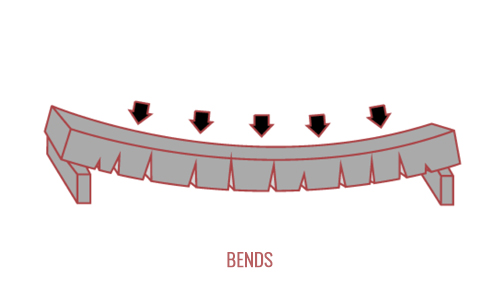
WHAT KIND OF MATERIALS ARE USED IN POST-TENSIONING ?
Post Tensioned reinforcement consist of very high strength steel strands. Typically, strands are used in horizontal applications like foundations, slabs, beams, and bridges; and bars are used in vertical applications like walls and columns. A typical steel strand used for Post-Tensioning has a tensile strength of 1861 N/mm2. In comparison, a typical non-prestressed piece of reinforcing (rebar) has a tensile strength of 413 N/mm2. Strands commonly have a diameter of 12.7mmØ or 15.2mmØ and are stressed to a force of 228 N/mm2 using a hydraulic jack.
The Pre-Stressing steel is housed in sheathing or duct to allow it move as the tensioning force is applied after the concrete cures. The steel stretches as it is tensioned, and it is locked into place using an anchoring component that forms a mechanical connection and keeps the force in the strand for the life of the structure. After the tendons have been stressed and engineering approval given, they are cut off and permanently sealed. A free flowing cementitious grout is then pumped into the ducts to lock the cables in position permanently. This is classified as bonded Post-Tensioning.
POST TENSIONING IN BUILDINGS
The use of Post-Tensioning in buildings offers numerous advantages and is increasingly used worldwide. Strong Force-MGC uses the Bonded Post-Tensioning System which is the most commonly used PT System.
The most widely seen examples of post tensioning are longer spans between
support pillars, stiffer walls to support lateral load, and thinner concrete sections. The
renowned post tensioning companies in Saudi Arabia use this method in floor slabs,
silos, bridges, and in other forms of concrete construction.
Advantages
• Provides longer spans, which reduces structural floor depths, resulting in larger column-free areas • Thinner concrete sections • Stiffer walls to resist lateral loads • Stiffer foundations to resist the effects of shrinking and swelling soils • Simpler stripping of formwork • Fast construction cycles are envisaged • Positive deflection control • Improved constructability • More architectural freedom • Flexibility in subdivision of commercial and office floors • Less material handling on site and storage • Less labour on site • Less environmental impact as reduced concrete and steel volumes are required
POST-TENSIONING Vs. REINFORCED CONCRETE

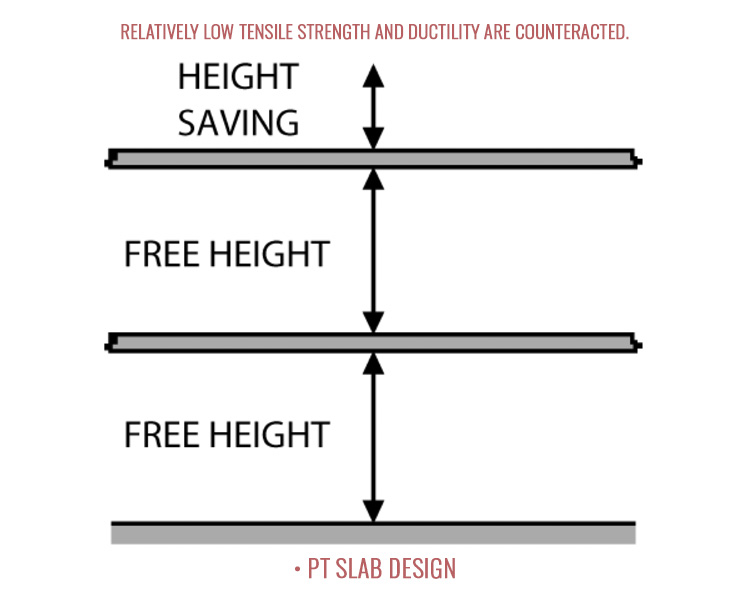
• Result
Thinner slabs that will result in more free height and height saving.
HEIGHT SAVING
Savings in quantity of concrete and finished materials
THINNER SLAB
Absence of conventional reinforcement, absence of costly internal joint
Cost & time saved in casting large areas
Strong Force MGC provides turnkey post tensioned solution from initial concept to execution in the following areas
- Raft Foundation
- Flat Slab System
- Slab with Band beams
- Transfer Slabs and Beams
- Bridges
- Jointless grade slabs
- Vertical Post tension
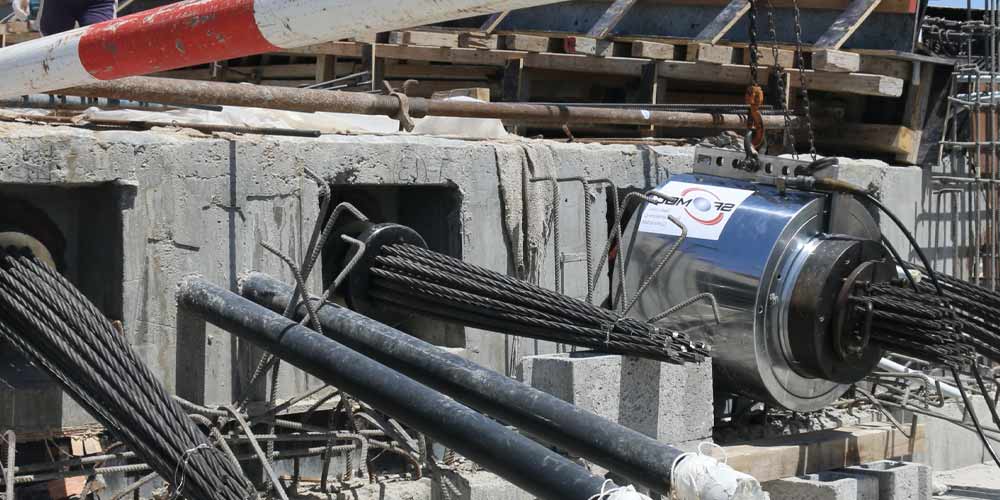
Call Us
As a geotechanical structural engineering specialist since 1998, sfmgc provides post tensioning, ground engineering,repair and structural strengthening and dewatering solutions in many countries.
Call Us
+973 17820695
Address
Villa No. 900Road 3316, Block No. 333 Bu Asheera, Manama
Bahrain
Email Us
infobahrain@sf-mgc.com.my

